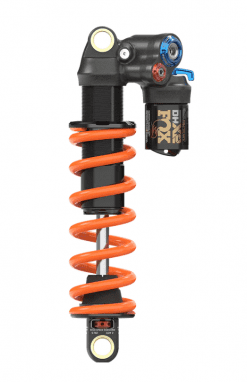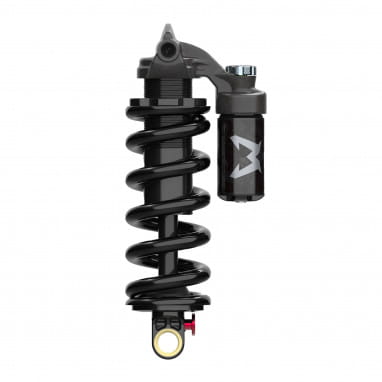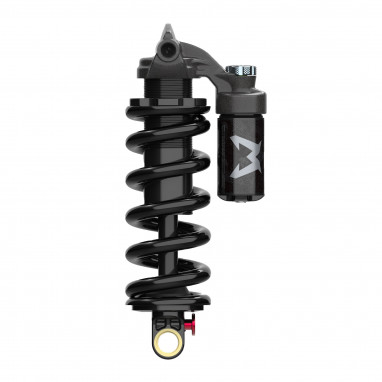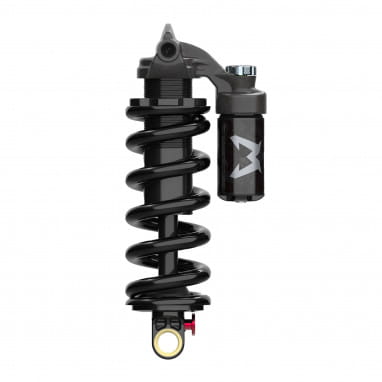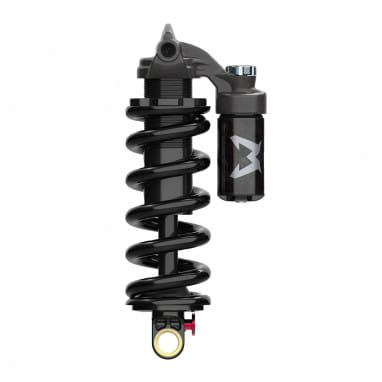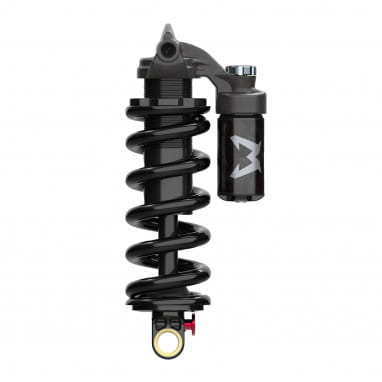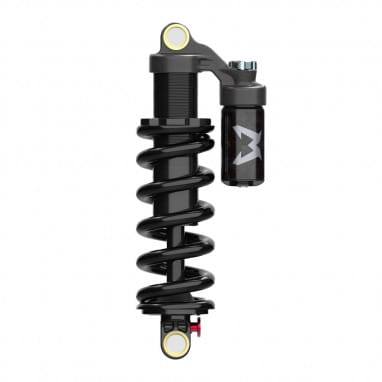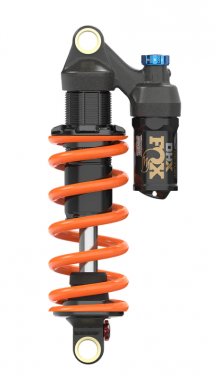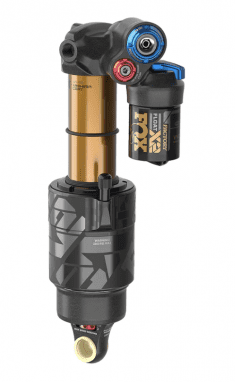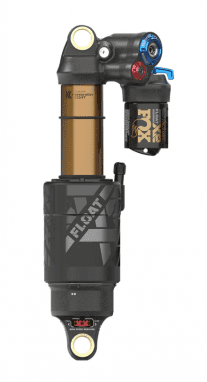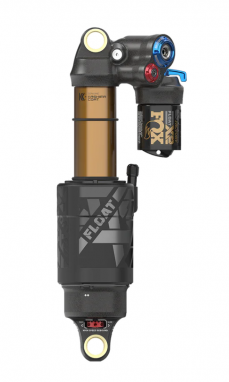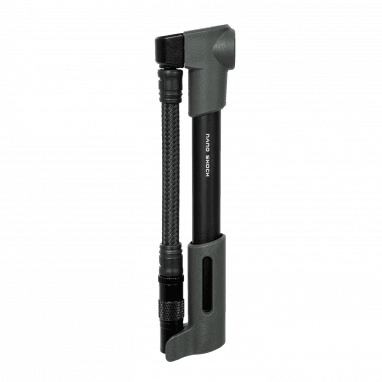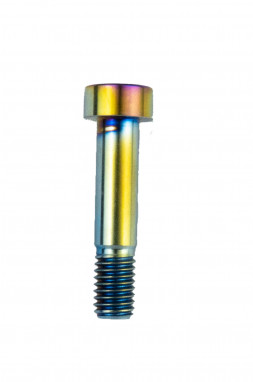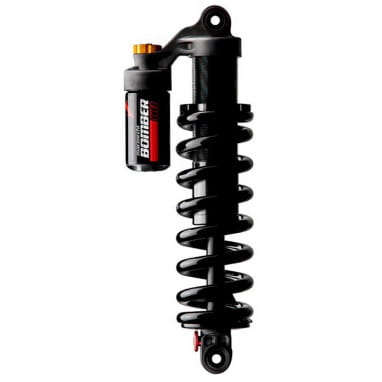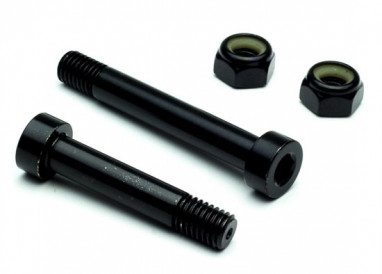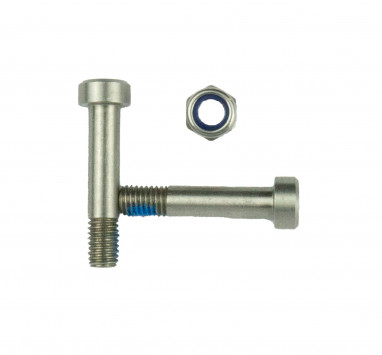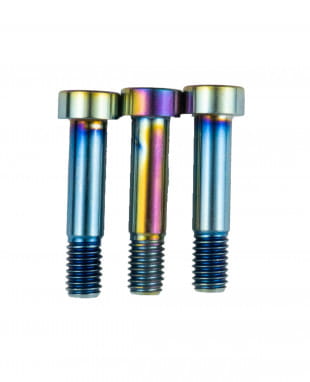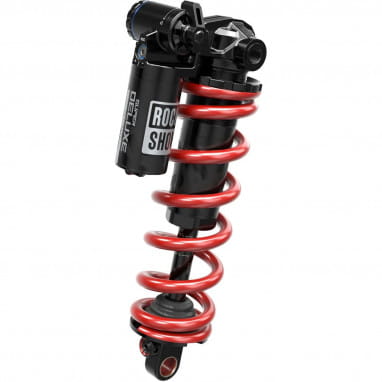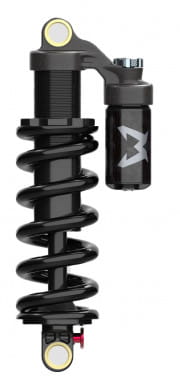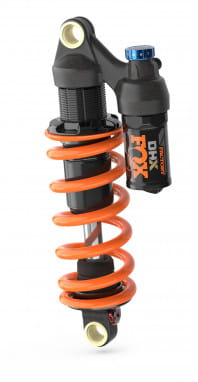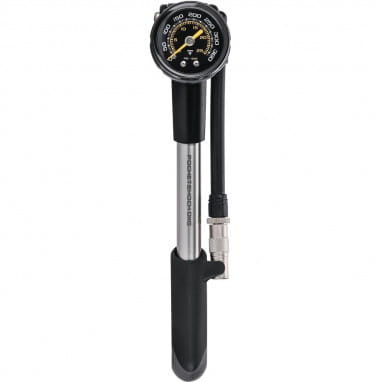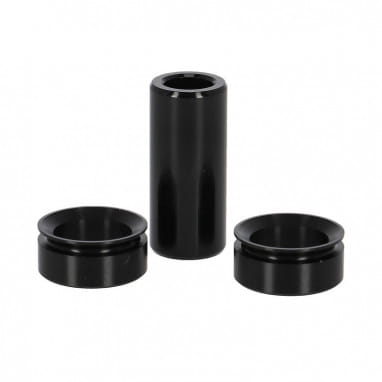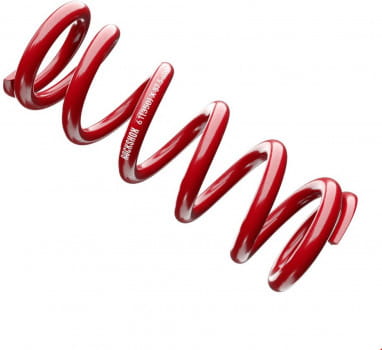Thick tires, suspension fork, self-damping of the frame material or a suspended seatpost - bicycles adjust everything possible so that you have it as comfortable as possible on the road! A bike with a frame damper takes this a notch higher. The frame damper affects but not only the comfort on the bike, it also has a great influence on the driving behavior.
.
A qualitative damping of the rear triangle of the bike offers not only higher comfort, but also more control over the bike. The suspension of the rear triangle guarantees you best traction on uneven ground and maximum safety at top speeds. Thanks to modern suspension systems, mountain bikes can now be used on trails that were considered unrideable a few years ago. In the field of touring bikes, the gain in comfort also more and more the sprung rear end prevails, in addition to the MTB fork.
For the taming of the rear is responsible for the bicycle damper. The damper also called Rear shock, intercepts small and large shocks. The rebound stage also controls the rebound, so you keep maximum control on the track. The replacement of the damper is not only in case of a defect in question, but also to improve the driving characteristics and to reduce the weight.
Multiple adjustment options for best driving characteristics
With a sensitive responding bicycle damper you are faster and safer on the road! High-quality shocks with high-quality compression springs offer a wide range of adjustment options so that you can perfectly tune your bike. In addition to adjusting the rebound damping and the spring preload, some shocks offer, for example, the adjustment of the low and high-speed compression damping. Especially at the race you can save valuable time on the track, time that can decide about victory or defeat.
Compression (compression)
The compression damping is responsible for the compression speed and is usually adjusted on the damper via a rotary knob with plus and minus. With this setting you regulate the oil flow when operating the stroke in the damper hydraulics. If the compression is closed, the damper springs slower. If the compression is open, the oil flow is greater and the spring element works faster.
Highspeed and Lowspeed Compression
In high-quality shocks, the compression stage is divided into two areas. You can adjust how fast or slow the shock works on slow and fast shocks. So you can fine-tune for different high-speed passages such as roots or stone fields and Lowspeed passages such as jumps and Antritt make.
Rebound (rebound)
The rebound damping, also called rebound, you usually adjust via a red knob. This setting is the counterpart to the compression stage. Here you set the return flow of the oil, it decides on the rebound speed.
Highspeed and Lowspeed Rebound
Also with the rebound damping there is a difference between high and low-speed tuning in high-quality shocks. Similar to the compression stage, you decide here how the fork works in fast and slow passages.
SAG (negative travel)
About the SAG you set the negative spring travel. This is responsible for how far the suspension element sings in when you stand on your bike. In the enduro and downhill area, the 25% mark is a popular setting value. With air shocks, you can easily set the SAG via a shock/fork pump. As an indicator for the negative travel, the usually red O-ring around the shock is pushed down. During the test, the o-ring moves to the respective position and you can easily read the percentage on the printed scale and adjust it if necessary. For dampers with steel springs you often have to replace the spring elements.
In our shop you will find in addition to the coil dampers also a variety of air dampers, which are characterized by a low weight and uncomplicated adjustment. For the tuning of the coil shocks we carry a wide range of shock springs. Of course, we also have many spare parts such as damper bushings ready for you in our shop.
